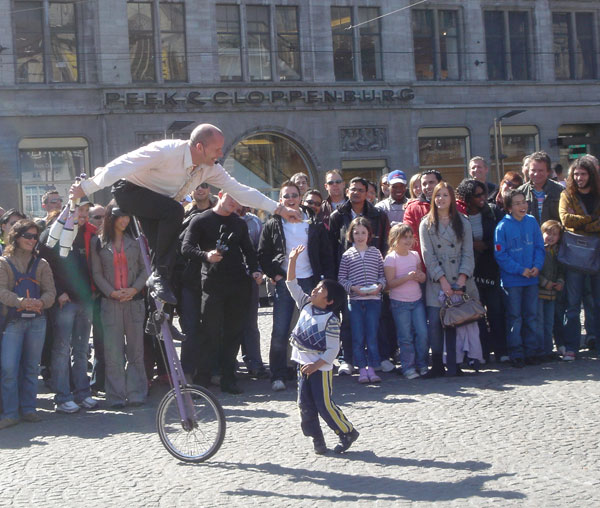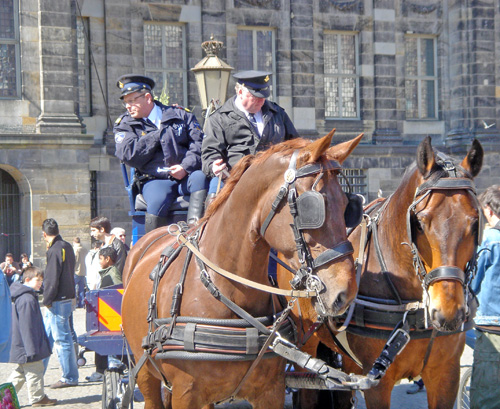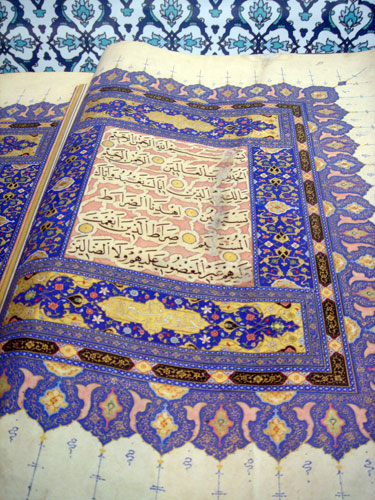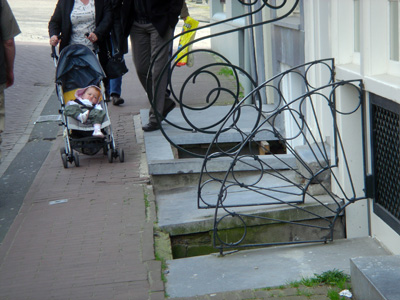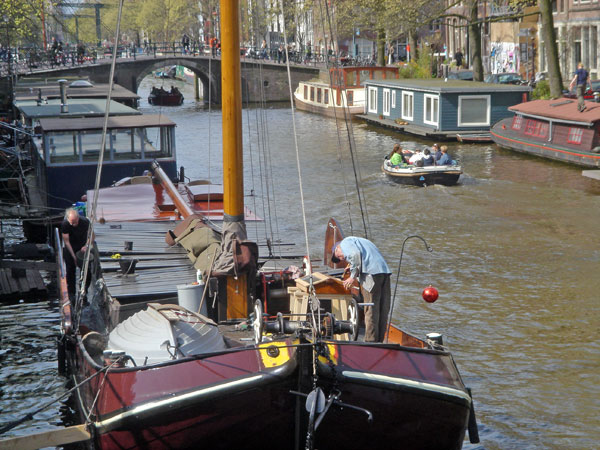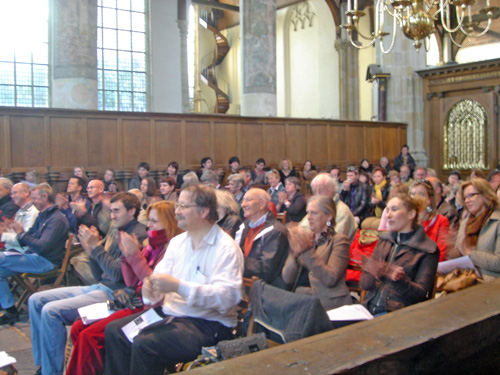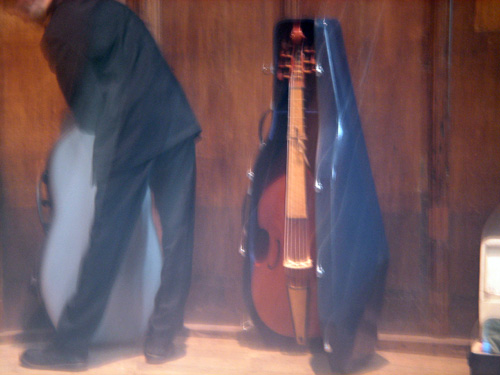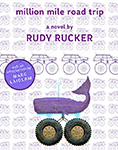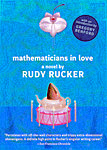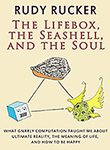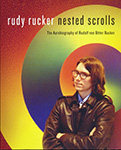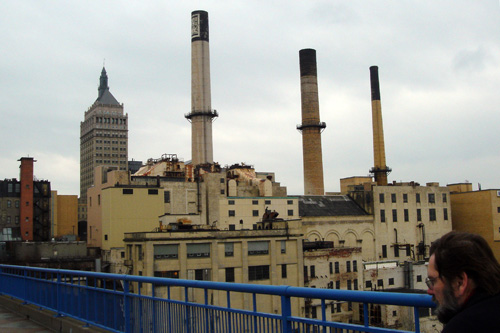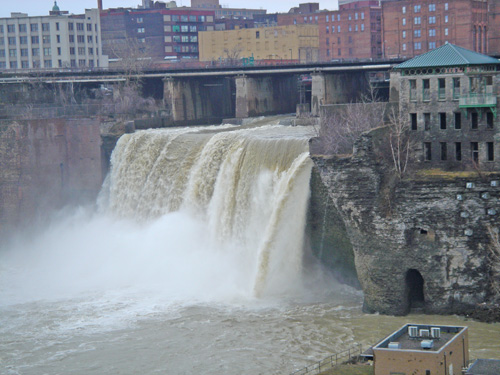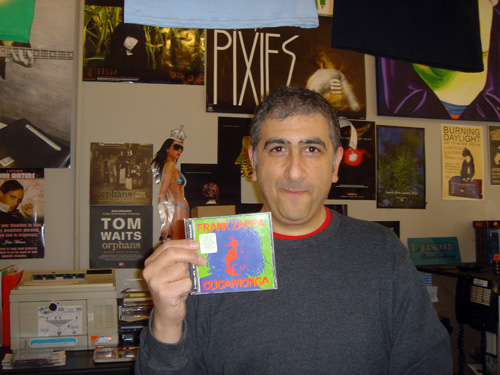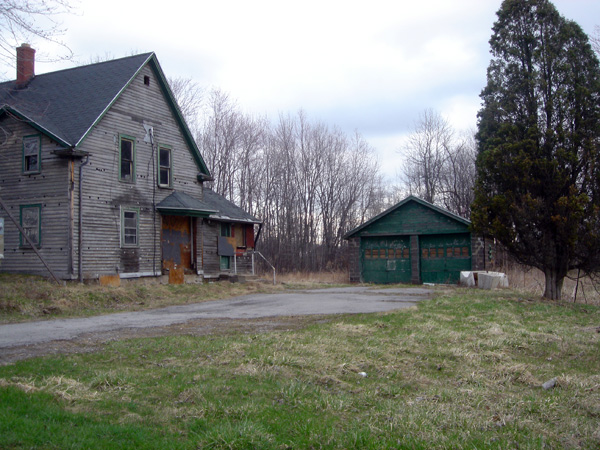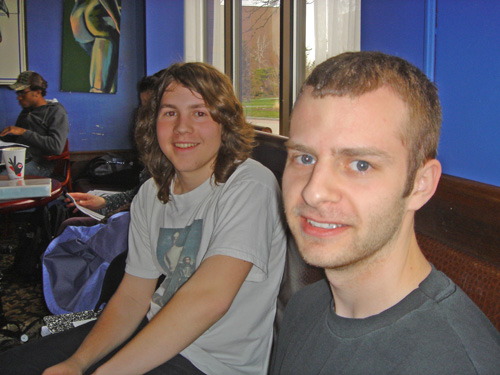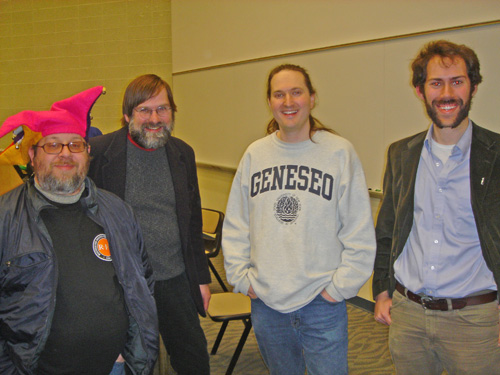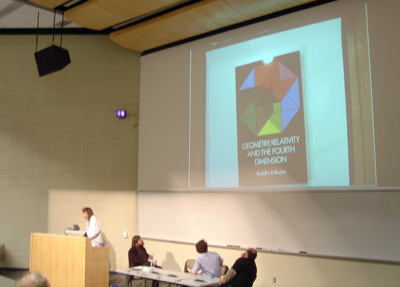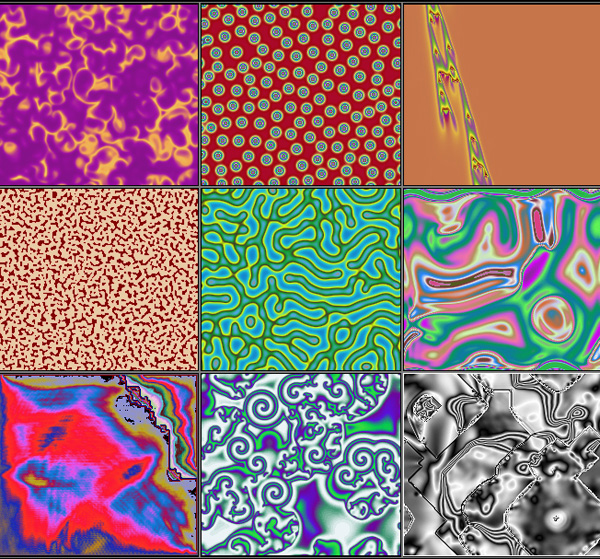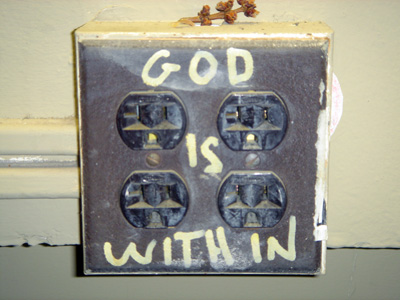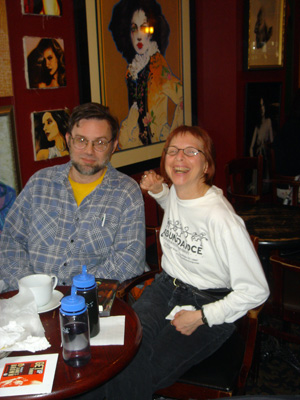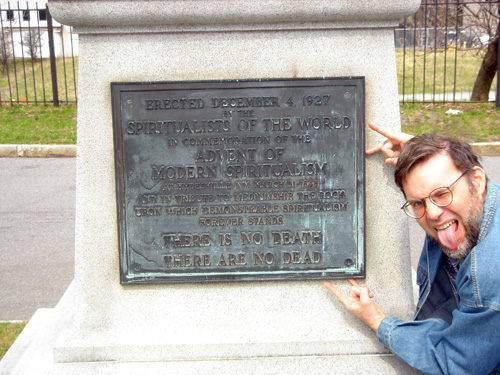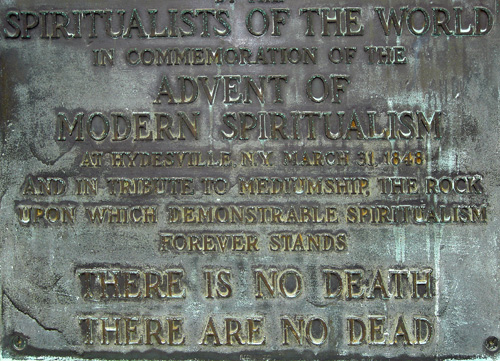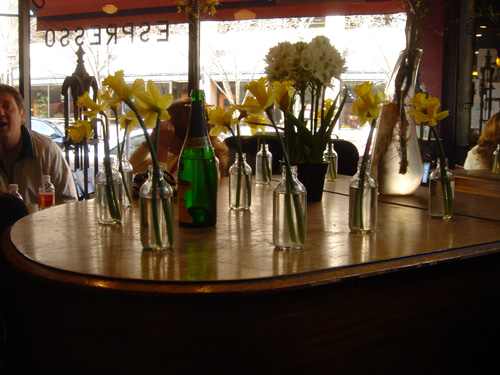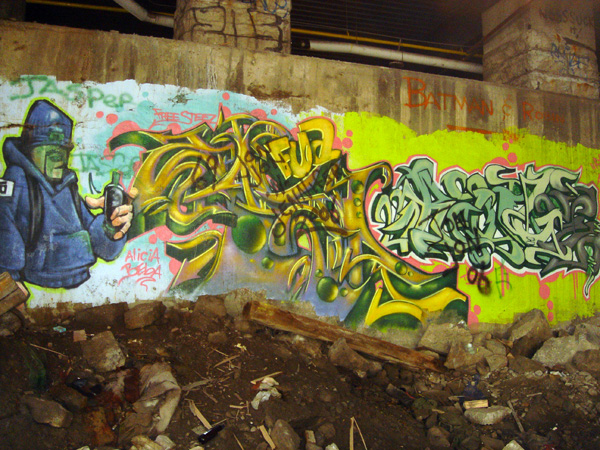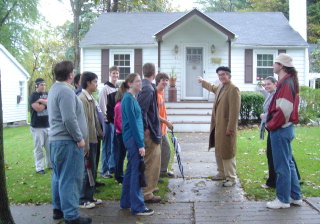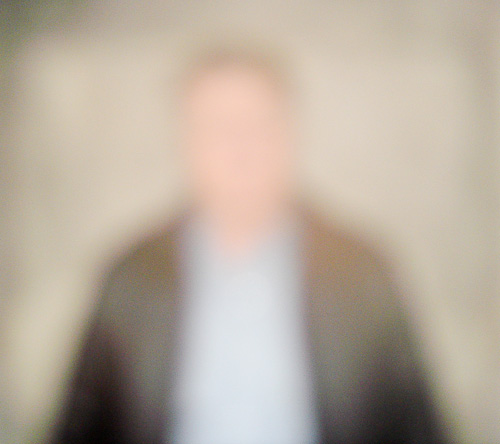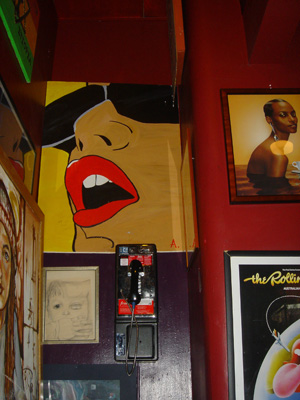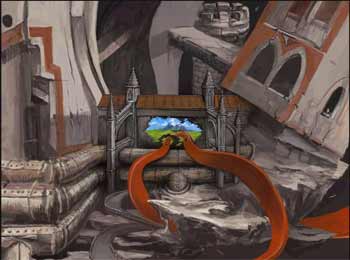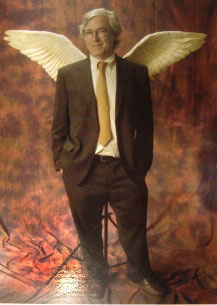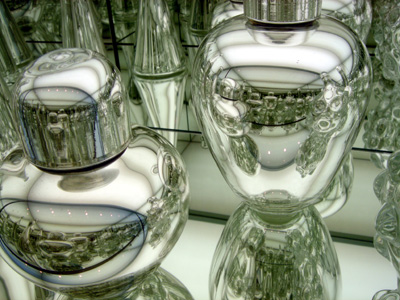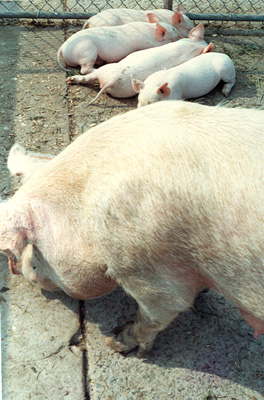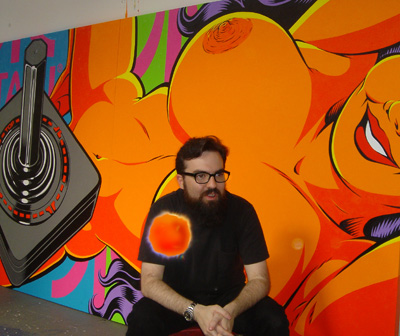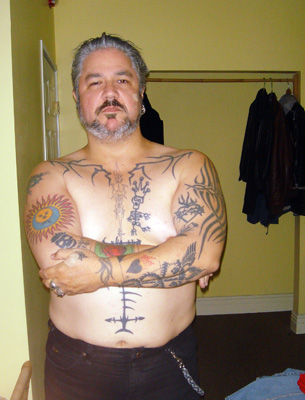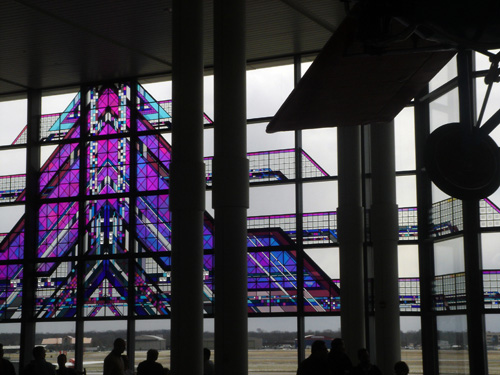
Believe it or not, the Detroit airport is beautiful.
I’m writing this at three a.m. in Amsterdam. Jet lag. I didn’t sleep at all last night, on the plane trip. That’s okay. I’ve read that if you have depression, going a night without sleep is a good way to jolt yourself out of it. I wasn’t even depressed to begin with, so I feel extra good. I slept yesterday afternoon for four hours, then I slept another three hours, and now I’m up again. It’s fine. It’s almost as wild and crazy as shrooming to be up and active at totally odd times. Fortunately I don’t have any particular duties for the next few days, so I don’t have to be anxious about “storing up sleep.” I’ll just sleep when I’m tired, whenever that is.
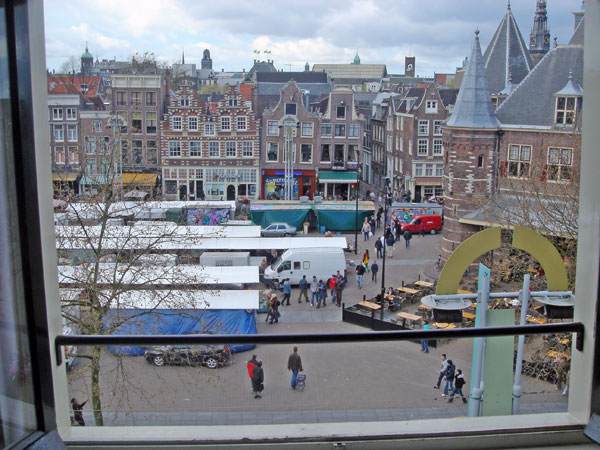
Bruegel view out my window. Dutch Market and the Waag building. I’m here to give a talk for the Waag Society; Waag is Dutch for “weigh,” and the Waag building used to be a customs house, it’s a massively turreted stone pile in a market square, the oldest secular building in Amsterdam. The Waag Society is a non-profit foundation that sponsors research and cultural events involving the electronic arts, health care, and cyberculture—I can’t think of a similar group in the U.S.
My trip is primarily sponsored by the internet provider XS4ALL , the first public Internet provider in the Netherlands, and by ABC, the American Book Center in Amsterdam. At the Waag, I’ll reminisce with R.U.Sirius about the 1980s cyber scene in San Francisco, I’ll talk about writing at XS4ALL, and do a reading with R. U. at ABC. I hope R. U. shows; last week he was still in the midst of a big hassle about getting his passport, he’s actually writing a story about this for the upcoming issue #3 of my webzine Flurb.
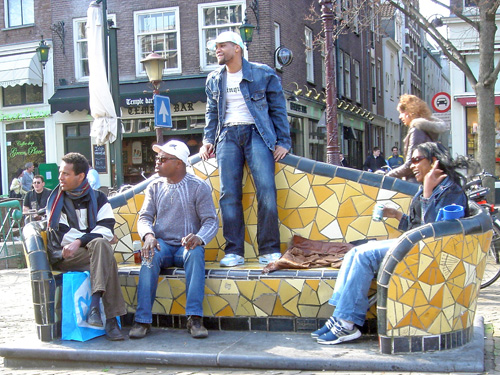
Having been sober for some years now, I’ve learned to walk past bars and liquor stores without a second thought. But, jeez, in Amsterdam, people are sitting in open-air “coffeeshop” cafes rolling joints and smoking pipes of pot, and I’m seeing “smart shops” windows displaying not only weed, but fresh-pack grocery-store-style boxes of shrooms: of Thai, Mexican, and Colombian breeds of the sacred mushroom. I’ll guess I’ll get used to it.
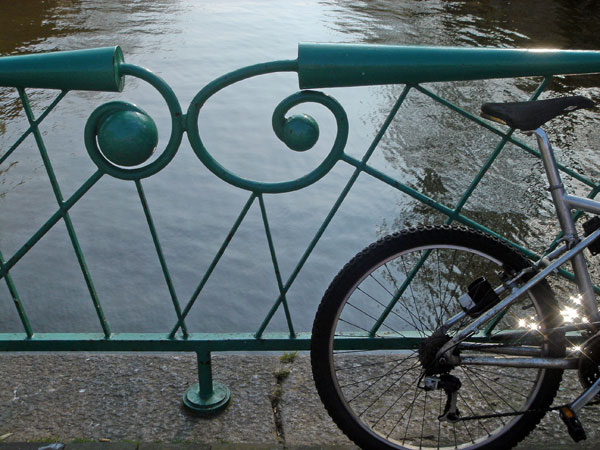
People here tell me that the authorities are thinking of somehow limiting the sale of shrooms, for last week a visiting young French woman freaked out on some shrooms she’d bought here and jumped to her death from a building. That’s such a classic psychedelic risk. Not stepping off a steep precipice is such a fundamental instinct. Even babies shy away from drop-offs. I’m imagining seeing the air so crowded with glowing three-dimensional Belousov-Zhabotinsky scrolls that it looks almost solid. The air like a gelatinous medium you can tread water in. Narrow-eyed angels hover just outside the window, beckoning, not nearly so friendly as they appear.
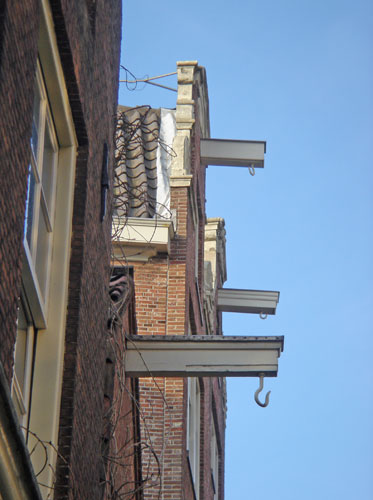
There’s more bicycles here than any city I’ve ever seen, I’m hoping to rent one for a few days, though people tell me you have to be on your toes lest you plow into a bombed backpacker or get run down by a tram.
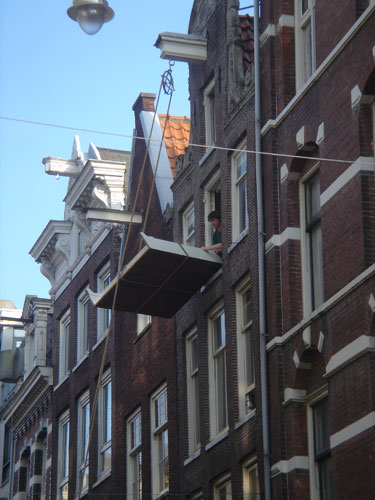
All the skinny houses have gables with hooks that they use to lower stuff when they’re moving in and out. The stairs are way too narrow to fit furniture.
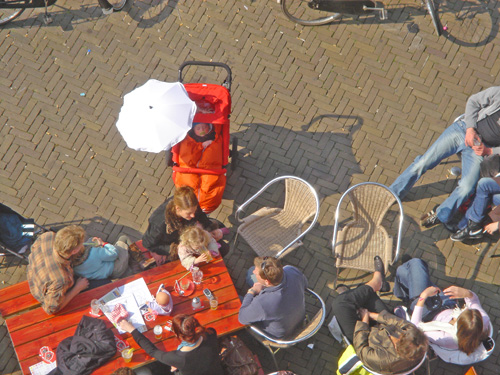
The Lowlanders have a distinct national look; I haven’t seen so many natural blondes in years. I liked this red baby wrapped up like a larva. Many of them have very vivid features, familiar to me from the armies of faces I’ve studied in Bruegel and Bosch paintings over the years. I love that they resemble those paintings from five hundred years ago. The one big thing I’ve learned from studying the history of art is that people haven’t changed all that much. Even in the year million, people won’t be the bland and humorless logicians that populate the worlds of bad SF.
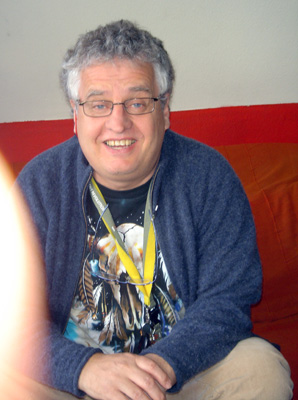
I ended up sleeping till one in the afternoon, when I was awakened by Amsterdam impresario and man-about-town Luc Sala. He was connected to the old Mondo scene, and, hearing I was in town, he found me and brought me a cell phone and a bicycle to use. What a guy! He invited me to drive to a “fire dance” in Breda with him, where he and seventy friends were going to dance around a bonfire until the sun came up, savoring the clarity that extreme exhaustion brings. But I wanted to explore Amsterdam, now that I’m here. Luc gave me a beginners guide to shroom-tripping that he published. Just rub it in, all right?
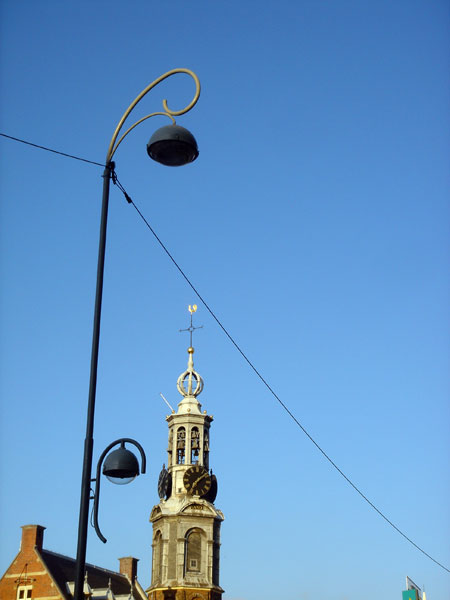
I biked through town to the Van Gogh museum.
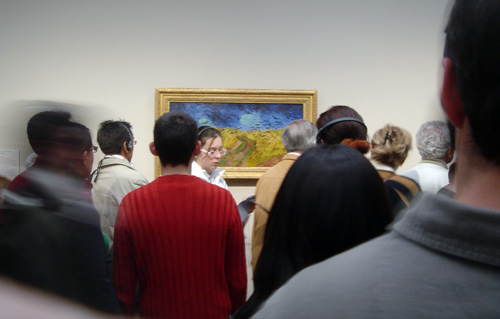
It was insanely crowded, but I wormed close to look at my favorite wall there, with the pictures he painted in 1890 right before he killed himself. There’s a popular story that the “Wheatfield” was his very last picture, but that’s not known to be true. Could the despondent and nearly-suicided van Gogh have imagined crowds like this wanting to see his work? Or maybe he did imagine it and it put him over the edge!
Another last picture is the “Tree Roots,” or “Boomwortels,” — what a great language Dutch is. My favorite of the “last” pictures is “Landscape with the Chateau of Auvers at Sunset” Here’s a link to a rather bad reproduction of it, on a really very good site that has all the pictures.
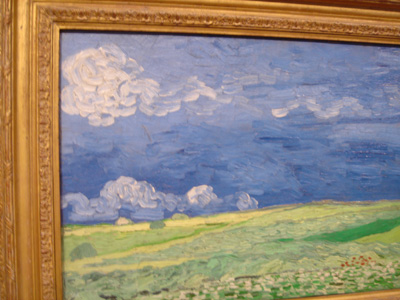
Another last one I like is “Wheat Field Under Clouded Sky.” In these pictures, he’s using so very few strokes to limn nature’s most complex forms: trees and clouds. I snuck the bad photo above, here’s a link to the better official version.
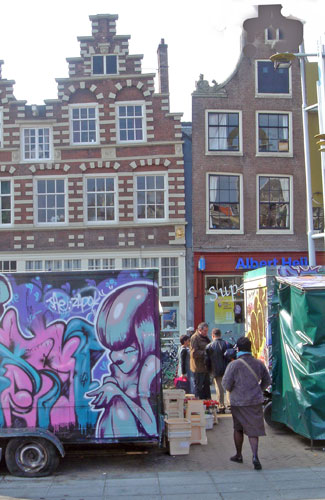
I was thinking that when the aliens start draining away Earth’s gnarl by siphoning off a lot of nature’s quantum computation, it might be cool if the world started looking like a van Gogh painting.
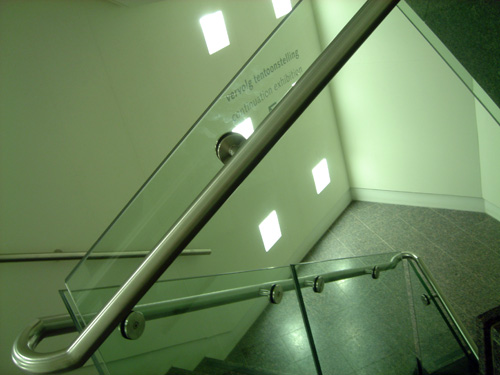
I mean, suppose the aliens have a little class, and they’re not just gonna turn us into modern design or into Hanna-Barbera Flintstones cartoons. Yes, a van Gogh tree is plenty gnarly, but still it’s a lot less gnarly than an actual tree.

I wrote in my journals about visiting this museum in July 25, 1994, with Sylvia and our daughter Isabel and, hmm, I can actually find the entry! And it turns out that I once before thought of using SF to turn the world into a van Gogh painting. I have a limited number of obsessions.
Here’s the 1994 notes about the van Gogh museum.

[Tulips, 50 of ”˜em for 7 and a half Euros!]
“My favorite four pictures were from June/July 1890, right before he shot himself. If you could paint like that, how could you want to die? Maybe it was like unbearable to be that good? It’s tough being a great artist, yes it is. The Vincent I got into the most of the fave four was one of a mansion or castle at twilight. What he does with the brush work is to completely shape the strokes to the subject of that part of the picture. In the grass the strokes are quick parallel vertical lines. On the sunset horizon there is a stack of parallel orange strokes, a pile of light. And, ah, in the big trees the strokes are PERPLEXING POULTRY, they are like an M.C. Escher tessellation yes they are, with leaf, branch, sky, sun colors tiled in, light and dark leaves, man I have got to use this in FREEWARE, this is what the Perplexing Poultry Philtre is for, man, to make the world look like the mature work of Vincent Van Gogh.”
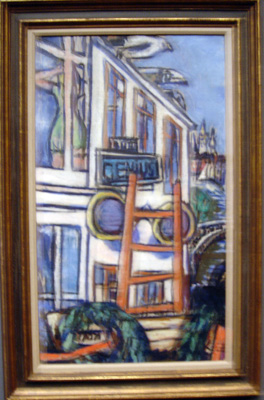
[I saw a big show of work by Max Beckmann in Amsterdam today too. Here’s his transreal take on an optician’s shop actually called Genius. He added the Jacob’s ladder and the menacing birds.] Back to the 1994 notes…
“As well as thinking of Vincent’s brushwork in terms of the Poultry, also, since my playful daughter Isabel was there with us to joke with, I thought of it in terms of a hyena tearing a piece of meat in half by whipping its head around in crazy-eights. This being a rap that Isabel and I got into watching a nature show once — how a hyena that’s bitten onto something big (possibly even an entire ruminant), will lash its head around in a kind of figure-eight pattern to tear loose a bite of flesh. And Isabel and I got into doing that to each other’s shoulders, or threatening to, and getting into the very wild and hyper motion of your head that goes with it. So looking at Vincent’s last pictures, I found my head moving around in those loops, imagining how it would be to tear into that kind of painting — if you could do it.”
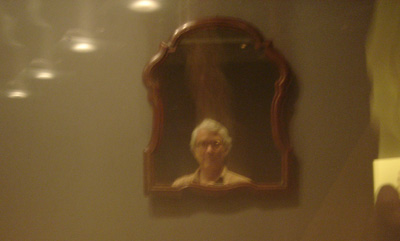
I got a picture of myself in Max Beckmann’s personal mirror that he actually painted with his face a couple of times. Hi Max! It’s great being an exile on Hoogstraat.
